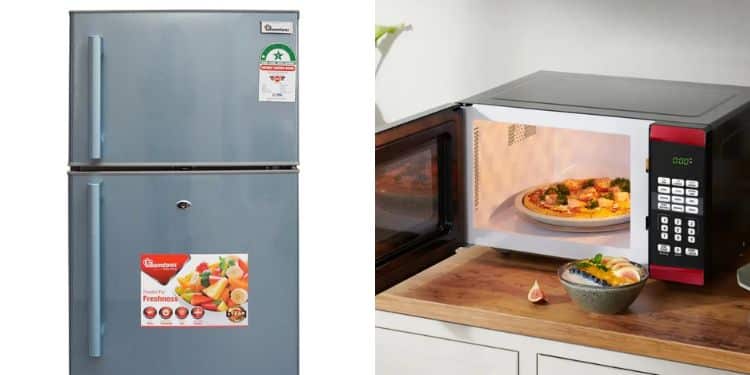When shopping for electronics and household appliances, you may have noticed colorful stickers with star ratings displayed on products.
The stars are not decorative. Commonly found on refrigerators, represents the appliance’s energy efficiency level.
This means that the more stars an appliance has, the more energy-efficient it is. Therefore, if your fridge has more stars, it consumes less power while delivering the same performance as similar fridges.
Energy consumption is how much electricity a model uses each year in kilowatt hours (kWh).
These labels, regulated by the Energy and Petroleum Regulatory Authority (EPRA), help consumers compare energy consumption among similar models.
Also Read: EPRA Finally Clears Air on Shell V-Power Fuel Quality Concerns
What the EPRA Energy Efficiency Labels Mean to Customers
A higher number of stars on the EPRA sticker, according to the authority, can translate to lower electricity bills and a reduced environmental impact over time.
In addition to the star rating, the sticker includes the estimated annual energy consumption in kilowatt-hours (kWh), giving buyers a clearer picture of long-term energy costs.
Understanding these ratings can help you make informed purchasing decisions that balance performance, cost savings, and sustainability.
It is mandatory for the Energy Rating Label to be displayed on non-ducted household air conditioners, clothes dryers, clothes washers, computer monitors, dishwashers, household refrigerators and freezers.
Also, you will find the sticker on pool pumps and televisions.
If you are in the store and don’t see the label, check with the retailer before buying an appliance.
However, where products are sold online, it is not mandatory to display the energy rating label.
Also Read: EPRA Experts Explain Benefits of Energy Efficiency, Trends and Barriers
How to use the Stars Rating System
A five-star appliance is more energy-efficient than a one-star appliance, which means it will cost less to run over time. For example, a five-star refrigerator will use significantly less electricity than a one-star refrigerator of the same size and type.
Consequently, investing in high-star-rated appliances benefits both consumers and the environment.
Over time, customers who use high rating equipment have lower electricity bills and a reduced carbon footprint. Using less energy means lower greenhouse gas emissions, contributing to a greener planet.
Also, it promotes sustainability because it reduces dependence on non-renewable resources.
To use the star rating system efficiently, compare similar products.
The star rating only makes sense when comparing appliances of the same category and size. For example, comparing a five-star washing machine to a three-star microwave will not be accurate.
Also, check energy consumption in kWh. Apart from the star rating, the sticker also provides an estimate of how much energy the appliance will use in a year. This helps you predict the long-term costs of using the machine.
Don’t just focus on the initial price of the electric appliance. Although higher-rated appliances may be slightly more expensive upfront, they save you money on energy bills in the long run.
Follow our WhatsApp Channel and join our WhatsApp Group for real-time news updates












































































